The history of life on Earth is a fascinating tale of evolution, adaptation, survival, and extinction. While many species have thrived, others have disappeared forever.
This article explores notable extinct species, the factors that led to their demise, and the lessons we can learn from these events.
From the mighty dinosaurs to the humble dodo, this timeline highlights significant extinct species and the causes of their extinction.
The Concept of Extinction
Extinction occurs when a species no longer exists anywhere on Earth. It is a natural part of evolution, but human activities have accelerated extinction rates in recent centuries.
Understanding the history of extinction helps us recognize the interconnectedness of life and the consequences of environmental changes.
Dinosaurs: The Giants of the Mesozoic Era
When Did Dinosaurs Go Extinct?
Dinosaurs ruled the Earth for approximately 165 million years, thriving during the Mesozoic Era (Triassic, Jurassic, and Cretaceous periods). They went extinct about 65 million years ago, marking the end of the Cretaceous Period.
What Caused Their Extinction?
The leading theory for the dinosaurs’ extinction is the Chicxulub asteroid impact:
- Meteor Collision: A massive asteroid, approximately 10 kilometers wide, collided with Earth near present-day Mexico.
- Climate Change: The impact caused dust and debris to block sunlight, leading to drastic climate changes.
- Volcanic Activity: Massive volcanic eruptions may have worsened environmental conditions, contributing to their demise.
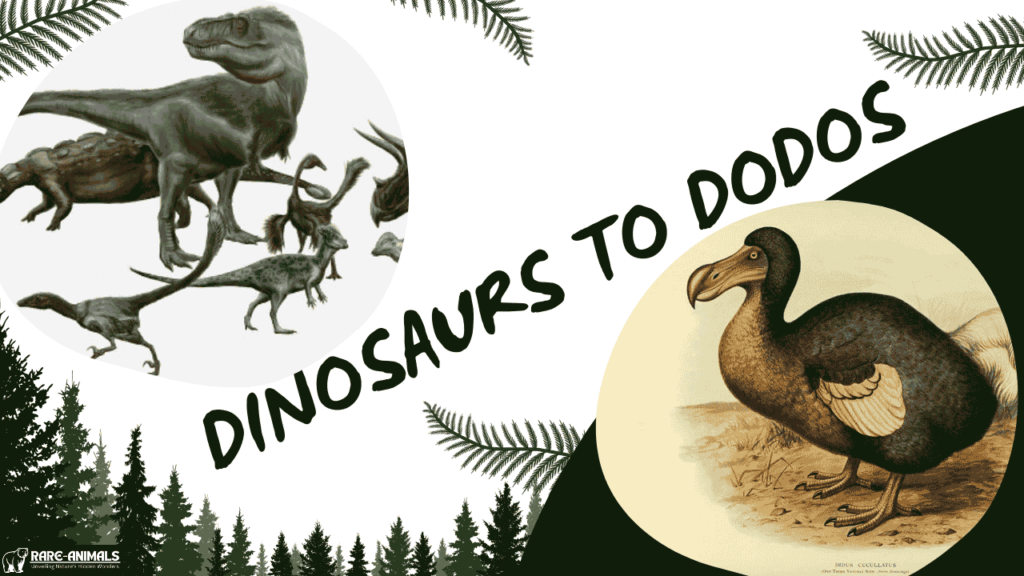
Dinosaurs and Their Traits
| Species | Era | Distinctive Feature | Reason for Fame |
|---|---|---|---|
| Tyrannosaurus rex | Late Cretaceous | Large, powerful jaws | Apex predator |
| Triceratops | Late Cretaceous | Three-horned face | Herbivore with defensive horns |
| Brachiosaurus | Late Jurassic | Long neck | One of the largest land animals |
| Velociraptor | Late Cretaceous | Small, agile, and intelligent | Popularized in pop culture |
Dodo: The Symbol of Human-Induced Extinction
When Did the Dodo Go Extinct?
The dodo became extinct in 1681, just a few decades after humans first encountered it on the island of Mauritius.
Why Did the Dodo Go Extinct?
- Hunting: Sailors hunted the dodo for its meat, as it was easy prey due to its flightlessness.
- Habitat Destruction: Human settlement on Mauritius led to deforestation and loss of the dodo’s habitat.
- Introduced Species: Animals like pigs, monkeys, and rats ate dodo eggs and competed for food, sealing the bird’s fate.
Factors Leading to the Dodo’s Extinction
| Factor | Impact on the Dodo |
|---|---|
| Hunting | Depleted dodo population rapidly |
| Habitat loss | Reduced nesting and foraging areas |
| Introduced species | Predated on dodo eggs and food sources |
Other Notable Extinct Species
Woolly Mammoth
- Extinction Date: Approximately 4,000 years ago
- Habitat: Arctic regions of Europe, North America, and Asia
- Cause of Extinction:
- Climate warming after the Ice Age reduced their habitat.
- Overhunting by early humans further dwindled their numbers.
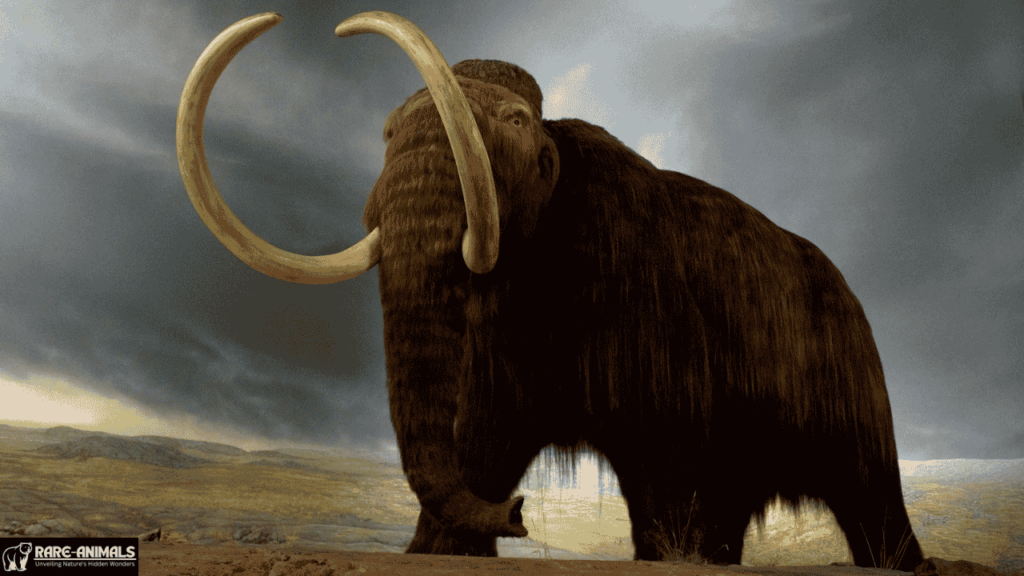
Passenger Pigeon
- Extinction Date: 1914
- Habitat: North America
- Cause of Extinction:
- Massive hunting for food and sport.
- Habitat destruction due to deforestation.
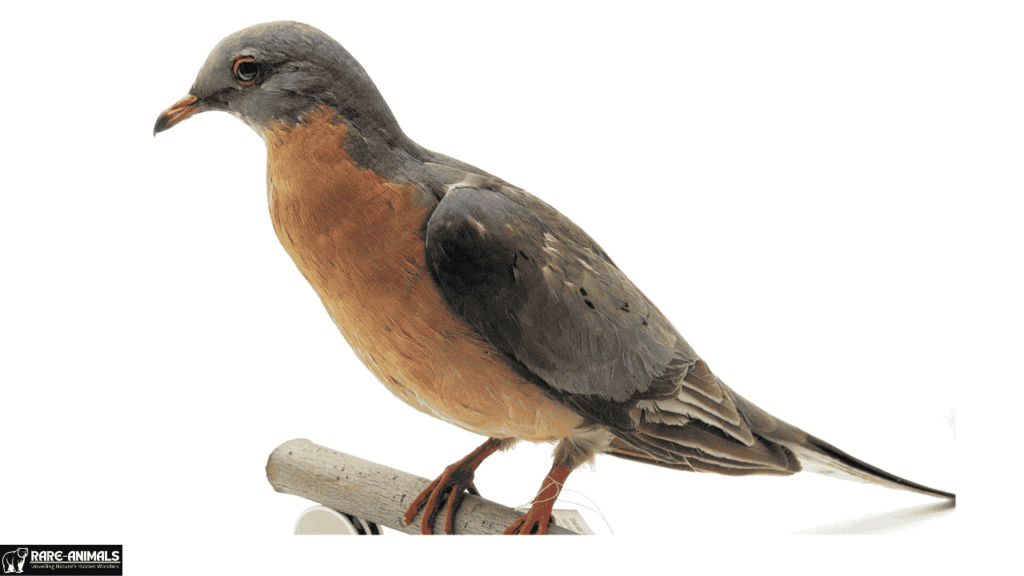
Tasmanian Tiger (Thylacine)
- Extinction Date: 1936
- Habitat: Australia and Tasmania
- Cause of Extinction:
- Hunted as a threat to livestock.
- Habitat loss from human settlement and agriculture.
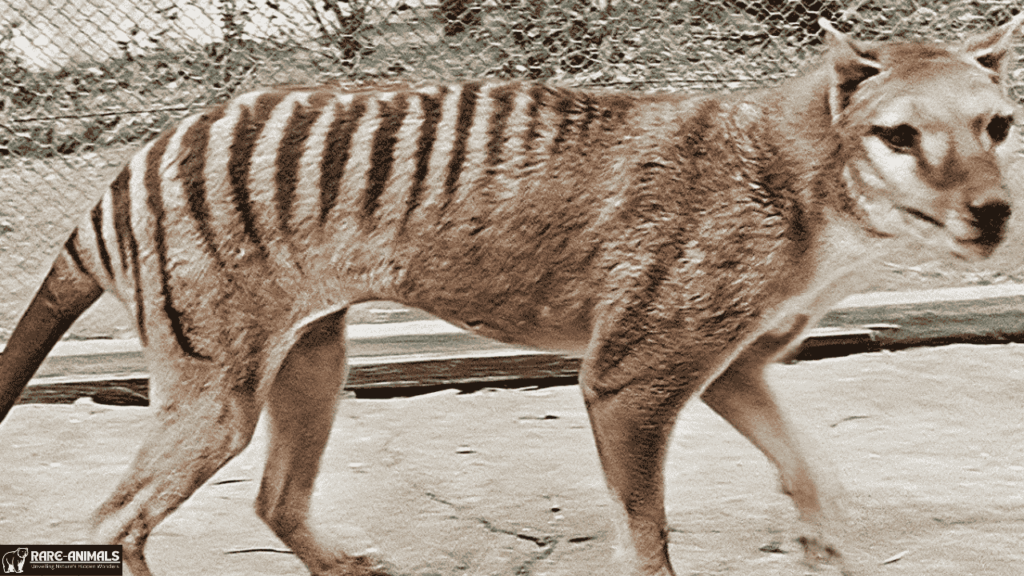
Comparison of Extinct Species
| Species | Extinction Date | Primary Habitat | Main Cause of Extinction |
|---|---|---|---|
| Dinosaurs | 65 million years ago | Global | Meteor impact, climate change |
| Dodo | 1681 | Mauritius | Hunting, habitat loss |
| Woolly Mammoth | 4,000 years ago | Arctic regions | Climate change, overhunting |
| Passenger Pigeon | 1914 | North America | Overhunting, habitat destruction |
| Tasmanian Tiger | 1936 | Australia, Tasmania | Hunting, habitat loss |
Lessons from Extinct Species
Understanding the reasons behind the extinction of species provides valuable lessons:
- Human Responsibility: Overhunting, deforestation, and introduced species have significantly contributed to extinctions.
- Conservation Importance: Protecting habitats and regulating human activities are essential to prevent further losses.
- Impact of Climate Change: Environmental shifts can lead to the decline of species unable to adapt quickly.
Conclusion
From the colossal dinosaurs to the flightless dodo, the history of extinct species is a reminder of the fragility of life on Earth. While extinction is a natural process, human activities have accelerated it in many cases. Recognizing the patterns and causes of extinction helps us take proactive steps to conserve biodiversity and protect vulnerable species.
The stories of extinct animals highlight the interconnectedness of ecosystems and the impact of human choices. By learning from the past, we can work toward a future where species are preserved, and the richness of life on Earth is celebrated.
FAQs
Q1: Why did the dinosaurs go extinct?
Dinosaurs went extinct due to a combination of factors, including a massive asteroid impact and volcanic activity that caused drastic climate changes.
Q2: How did the dodo bird become extinct?
The dodo became extinct due to hunting, habitat destruction, and the introduction of non-native animals that ate their eggs and food.
Q3: What can we learn from extinct species?
Extinct species teach us about the importance of conservation, the impact of human activities, and the need to address climate change.
Q4: Are there still efforts to bring extinct species back?
Yes, de-extinction efforts, like cloning, are being explored for species like the woolly mammoth, though they remain controversial.
Q5: What is the most recent species to go extinct?
The Bramble Cay melomys, a rodent native to Australia, was declared extinct in 2019 due to habitat loss from rising sea levels.

Alveena is an experienced content writer with a knack for crafting engaging and insightful pieces. She thrives on breaking down complex ideas and presenting them as clear, captivating content that resonates with readers.

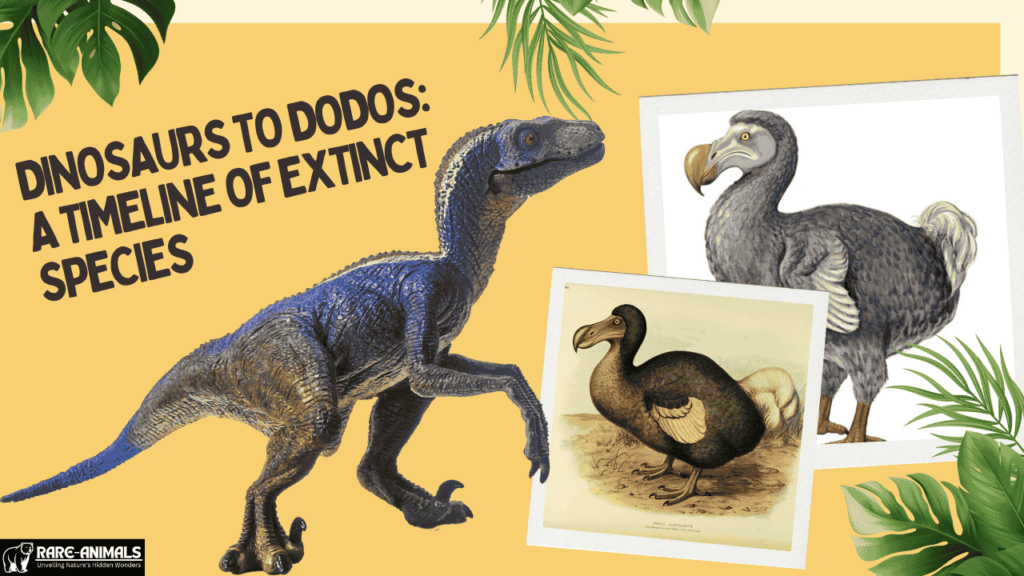
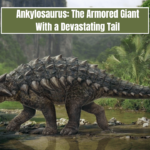
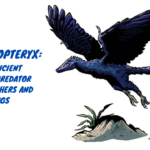

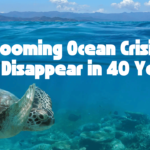


3 thoughts on “Dinosaurs to Dodos: A Timeline of Extinct Species”